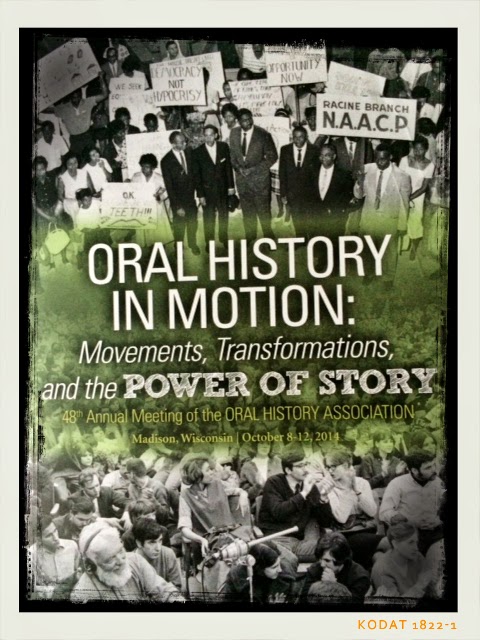Discussing Interpreting LGBT History at Museums and Historic Sites
I really like teaching Susan Ferentinos' book Interpreting LGBT History at Museums and Historic Sites. I like the "primer" nature on the history of sexuality and and how historiography meets interpretative practice.
Here is a class discussion guide I've created for my students, followed by the essay questions I've assigned. Feel free to use them if they help you.
Please answer all of the following:
1. What are the major issues (evidence, framing, context, etc.) in researching LGBT history and understanding the field of LGBT history?
2. Cite some major issues in interpretation with which museum curators and museum staff grapple, according to Fernetinos. How have different sites handled these issues? Which methods and approaches do you find most productive and why?
3. Identify two best practices for interpreting LGBT histories and explain how these might be applied for any historical topic.
Here is a class discussion guide I've created for my students, followed by the essay questions I've assigned. Feel free to use them if they help you.
Peer-Led Class Discussion on Interpreting LGBT History at Museums and Historic Sites
You have 10 minutes to review the questions. You should all have your books.
You will discuss the book for 45 minutes.
These questions do not need to be addressed in the order which they appear, but I have conceptualized them in order:
1.
Who was this book designed for, do you think?
Given that, what can we surmise about the demographics and
interests of its target audience? Why is it necessary for museums and
historic sites to take on this work?
2.
What are some of the biggest shifts in American
historical understandings of same sex love and desire since the
nineteenth century?
3.
Why and how do terms matter in the discussion of LGBT histories?
How have the terms changed over time and how do these changes reflect broader changes in our society?
How can we avoid essentializing people and/or limiting their
identity to gender performance or sexual preferences while effectively
making LGBT history part of our understanding of the past?
4.
What are the unique preservation and interpretative challenges and possibilities of the following:
a.
important sites for LGBT histories that have not been preserved,
b.
sites that are preserved for reasons other than what they contribute to the understanding and preservation of LGBT histories
5.
What are some of the most promising current trends in interpretation of LGBT histories?
What does “performative or artistic interpretation” mean and why is it so effective in this case?
6.
How does this discussion of LGBT histories apply to other understudied and underinterpreted histories?
(What should we be researching and interpreting more?) What are the necessary tools in the "inclusive historians’ toolbox"? (Yes, this is actually a thing.)
7.
What are we missing? What haven’t we talked about?
We will engage in a “meta” discussion, a discussion about the discussion for
10 minutes.
You will be evaluated based on the following:
·
Informed participation in the discussion (you talk
with relevance to our discussion topic, you answer a question, you
contribute to others’ acquisition of content knowledge and understanding
to demonstrate that you have completed the reading,
etc.)
·
Leadership in the discussion (you pose a question,
you link together in a synthesis what others have said, checking with
the group to see if all aspects of a question have been covered)
·
Ability to amplify or extend another students’
point (you use other comments to pose a new thought or question, you
support others and ask follow up questions to help them develop a point)
·
Ability to apply lessons learned in the book to other historic issues or other historic sites
Essay Questions for essay assignment:
1. What are the major issues (evidence, framing, context, etc.) in researching LGBT history and understanding the field of LGBT history?
2. Cite some major issues in interpretation with which museum curators and museum staff grapple, according to Fernetinos. How have different sites handled these issues? Which methods and approaches do you find most productive and why?
3. Identify two best practices for interpreting LGBT histories and explain how these might be applied for any historical topic.









Comments
Post a Comment